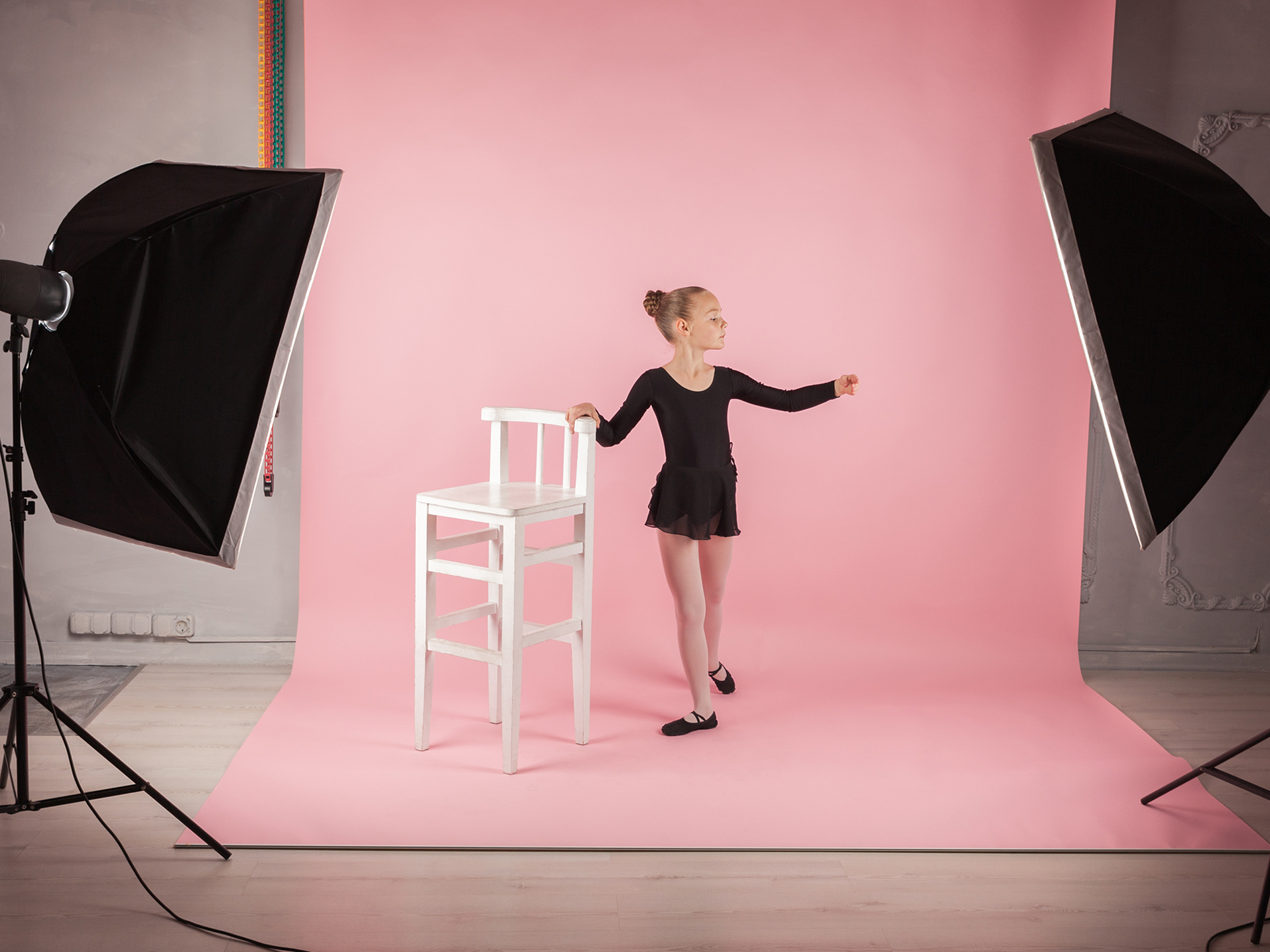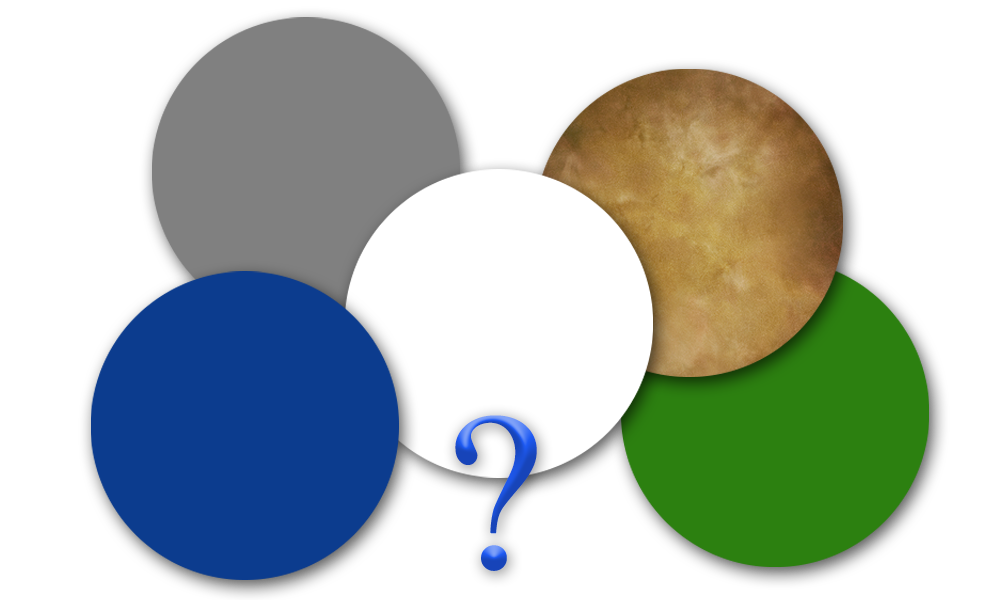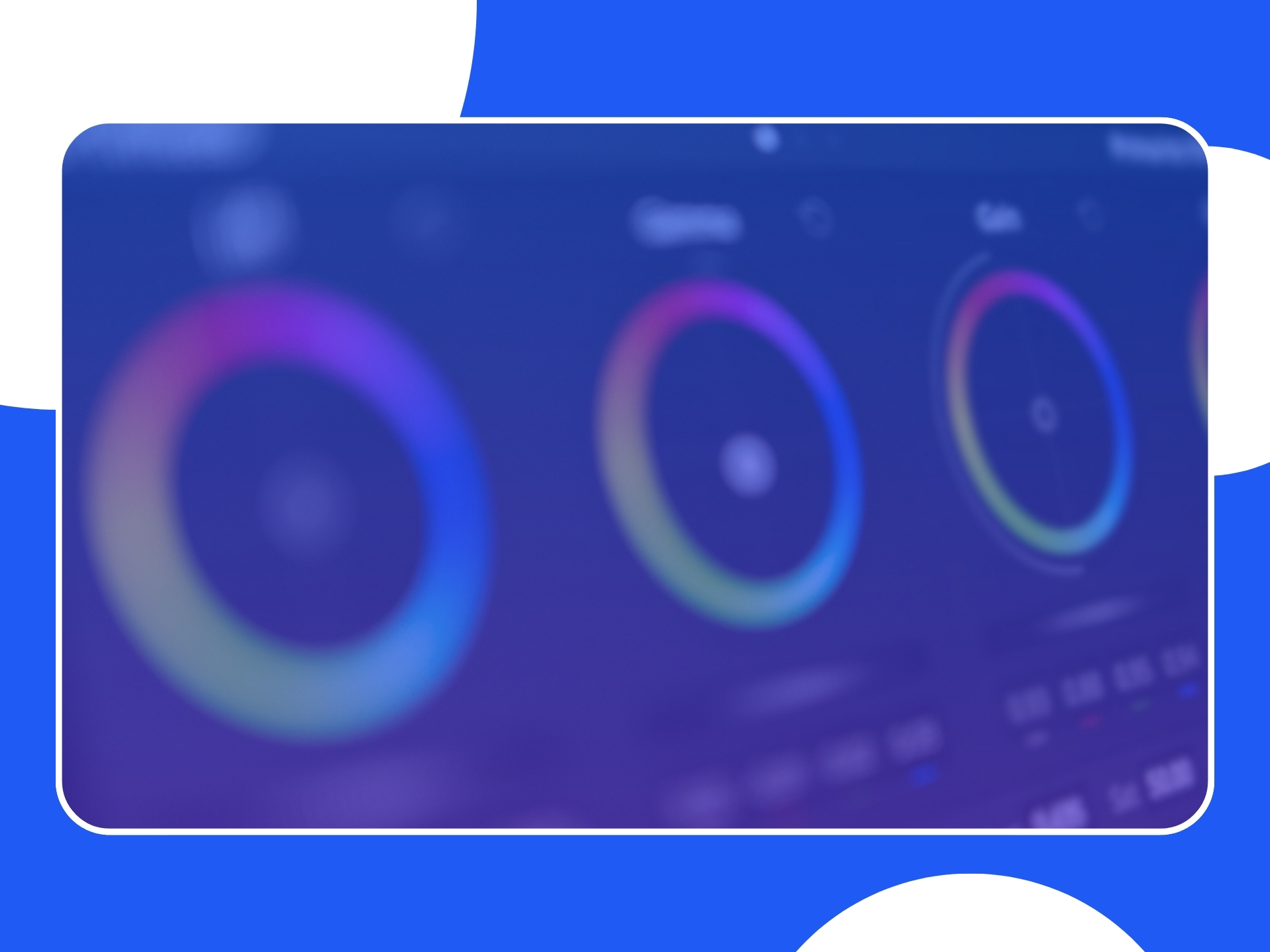Which Color is Best for Background Removal?

Tips for shooting with props for background removal
April 3, 2023
Tips for Full Body Poses
May 17, 2023Which color is best for background removal?
There’s a lot of debate around which color background works best for extraction. Green and blue have been the standard for years, due to their position on the colour wheel opposite human skin tones. This doesn’t matter as much as it used to thanks to AI solutions, like ChromaStar AI. It gives us the ability to extract many other background colours with fantastic results. Let’s dig a little deeper into some of the colours available so you can decide which one is best for you.

Green
 Despite the advances in AI extraction algorithms in the last few years, green backgrounds remain the gold standard. Part of the reason they’re the best is that modern cameras tend to capture more green information than they do for other colours. They do this because the camera also uses the green channel for luminance. Due to this extra information on the green channel, it’s easier to isolate and remove. When lit correctly, green backgrounds reflect the optimal amount of light for a balanced exposure and therefore a clean extraction. Green backgrounds are a great choice when your new background is going to be bright or colourful, or if you’re looking for the best results you can achieve.
Despite the advances in AI extraction algorithms in the last few years, green backgrounds remain the gold standard. Part of the reason they’re the best is that modern cameras tend to capture more green information than they do for other colours. They do this because the camera also uses the green channel for luminance. Due to this extra information on the green channel, it’s easier to isolate and remove. When lit correctly, green backgrounds reflect the optimal amount of light for a balanced exposure and therefore a clean extraction. Green backgrounds are a great choice when your new background is going to be bright or colourful, or if you’re looking for the best results you can achieve.
You can download our green screen setup guide for our recommended green screen setup.
Blue
Blue has always been a great choice for extraction. It was the standard in the film days but digital cameras h ave changed all that. The main benefit with blue screen is also the biggest downside, its lack of luminance. On the light spectrum, blue absorbs more light than green. There’s no doubt it’s easier to shoot on blue and not get bounce light on your subject, but it’s more challenging to correctly expose both the blue screen and the subject creating the contrast needed for great extractions. Blue is a good choice when the new background is going to be darker in tone.
ave changed all that. The main benefit with blue screen is also the biggest downside, its lack of luminance. On the light spectrum, blue absorbs more light than green. There’s no doubt it’s easier to shoot on blue and not get bounce light on your subject, but it’s more challenging to correctly expose both the blue screen and the subject creating the contrast needed for great extractions. Blue is a good choice when the new background is going to be darker in tone.
You can download our blue screen setup guide for our recommended blue screen setup.
Grey
Grey backgrounds have become very popular since the arrival of AI background removal algorithms. We no longer rely solely on the color to extract the background, which opens up an entire world of possibilities! The main drawback to a grey background is, like blue, it doesn't have a lot of luminance. It can be challenging to properly expose the subject without the background being underexposed. Grey backgrounds are popular with photographers who shoot things like sports and marching bands, due to the lack of bounce light. It can be a good choice if what you’re shooting is reflective.
rely solely on the color to extract the background, which opens up an entire world of possibilities! The main drawback to a grey background is, like blue, it doesn't have a lot of luminance. It can be challenging to properly expose the subject without the background being underexposed. Grey backgrounds are popular with photographers who shoot things like sports and marching bands, due to the lack of bounce light. It can be a good choice if what you’re shooting is reflective.
You can download our grey screen setup guide for our recommended grey screen setup.
Master
Master backgrounds come in all shapes and sizes. They can vary wildly in pattern and in color! There is no “one size fits all” answer for extracting master ba ckgrounds. With our latest CS AI update, we see perfect results with almost any master background. The only thing to take into consideration when making your choice is that softer transitions between colours is better.
ckgrounds. With our latest CS AI update, we see perfect results with almost any master background. The only thing to take into consideration when making your choice is that softer transitions between colours is better.
White
The most problematic color for background removal is white. The extreme bounce light you get from a lit white background will almost always result in sub-par extraction results. The bounce light hitting the back of your subject wraps around the edge of your subject, eliminating any contrast between your subject and the background. This causes your subject to fade into the white background, making edge detection more difficult for AI (and for humans!). The lack of a crisp edge could result in a loss of detail on your subject’s hair and contour, like in the example below. If you are trying to remove the background and want to use white, it’s best to not use any background lights. This will allow your backdrop to appear light grey, restoring the contrast between your subject and the background.

If you are trying to remove the background and want to use white, it’s best to not use any background lights. This will allow your backdrop to appear light grey and restore the contrast between your subject and the background.
Out of the box?
Do you have a background that doesn’t fall into the above categories and are wondering if you can extract it? Use our Image Analyzer to give it a try!

Which color is best for background removal?
There’s a lot of debate around which color background works best for extraction. Green and blue have been the standard for years, due to their position on the colour wheel opposite human skin tones. This doesn’t matter as much as it used to thanks to AI solutions, like ChromaStar AI. It gives us the ability to extract many other background colours with fantastic results. Let’s dig a little deeper into some of the colours available so you can decide which one is best for you.

Green
Despite the advances in AI extraction algorithms in the last few years, green backgrounds remain the gold standard. Part of the reason they’re the best is that modern cameras tend to capture more green information than they do for other colours. They do this because the camera also uses the green channel for luminance. Due to this extra information on the green channel, it’s easier to isolate and remove. When lit correctly, green backgrounds reflect the optimal amount of light for a balanced exposure and therefore a clean extraction. Green backgrounds are a great choice when your new background is going to be bright or colourful, or if you’re looking for the best results you can achieve. 
You can download our green screen setup guide for our recommended green screen setup.
Blue
Blue has always been a great choice for extraction. It was the standard in the film days but digital cameras have changed all that. The main benefit with blue screen is also the biggest downside, its lack of luminance. On the light spectrum, blue absorbs more light than green. There’s no doubt it’s easier to shoot on blue and not get bounce light on your subject, but it’s more challenging to correctly expose both the blue screen and the subject creating the contrast needed for great extractions. Blue is a good choice when the new background is going to be darker in tone.
You can download our blue screen setup guide for our recommended blue screen setup.
Grey
Grey backgrounds have become very popular since the arrival of AI background removal algorithms. We no longerrely solely on the color to extract the background, which opens up an entire world of possibilities! The main drawback to a grey background is, like blue, it doesn't have a lot of luminance. It can be challenging to properly expose the subject without the background being underexposed. Grey backgrounds are popular with photographers who shoot things like sports and marching bands, due to the lack of bounce light. It can be a good choice if what you’re shooting is reflective.
You can download our grey screen setup guide for our recommended grey screen setup.
Master
Master backgrounds come in all shapes and sizes. They can vary wildly in pattern and in color! There is no “one size fits all” answer for extracting master backgrounds.  With our latest CS AI update, we see perfect results with almost any master background. The only thing to take into consideration when making your choice is that softer transitions between colours is better.
With our latest CS AI update, we see perfect results with almost any master background. The only thing to take into consideration when making your choice is that softer transitions between colours is better.
White
The most problematic color for background removal is white. The extreme bounce light you get from a lit white background will almost always result in sub-par extraction results. The bounce light hitting the back of your subject wraps around the edge of your subject, eliminating any contrast between your subject and the background. This causes your subject to fade into the white background, making edge detection more difficult for AI (and for humans!). The lack of a crisp edge could result in a loss of detail on your subject’s hair and contour, like in the example below. If you are trying to remove the background and want to use white, it’s best to not use any background lights. This will allow your backdrop to appear light grey, restoring the contrast between your subject and the background.

If you are trying to remove the background and want to use white, it’s best to not use any background lights. This will allow your backdrop to appear light grey and restore the contrast between your subject and the background.
Out of the box?
Do you have a background that doesn’t fall into the above categories and are wondering if you can extract it? Use our Image Analyzer to give it a try!





